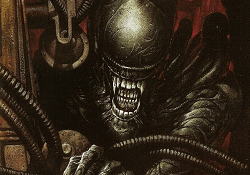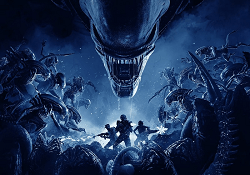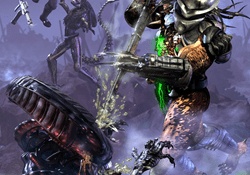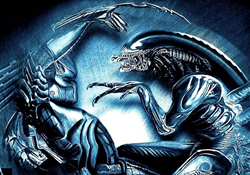Xenomorph Lifespan: How Long Do Xenomorphs Live?
The enigmatic Xenomorphs are not only known for their chilling presence but also for the intrigue surrounding their lifespan. This article delves into a pivotal question: What is the Xenomorph's life expectancy? By examining each distinct type within the Xenomorph hierarchy - from the initial egg stage to the formidable adult forms, including the rare Alien Queen - we aim to shed light on the longevity of these alien entities. This exploration seeks to unravel the mystery of the Xenomorphs' life expectancy, offering insights into the longevity of one of science fiction's most iconic and terrifying species.
The Xenomorph Lifespan

The lifecycle of the Xenomorph species is distinguished by its rapid growth and extreme adaptability. This life cycle encompasses several distinct stages, each characterized by unique physical and behavioral traits. These stages contribute cumulatively to the overall lifespan of a Xenomorph, illustrating a life journey that is as intricate as it is lethal. The lifespan of each stage varies, influenced by environmental factors and the availability of hosts, which are crucial for their development and survival. A close relative of the Xenomorph - the Praetomorph, has an even faster life cycle, although the final creature is very similar to the regular Xenomorph.

Lifespan Of The Xenomorph Eggs

The genesis of a Xenomorph's life is the egg (also known as the Ovomorph), laid meticulously by the Alien Queen. These eggs, known for their resilience, can endure in a state of dormancy for extended periods, often spanning thousands of years. This remarkable durability ensures the survival of the species, as the eggs wait patiently for the presence of a potential host to activate them. This hatching mechanism is a testament to the evolutionary success of the Xenomorphs, allowing them to thrive even in the most inhospitable environments. The lifespan of the eggs might be extended even further by a mysterious "blue energy mist" inside Engineer ships, as witnessed by Kane.
Lifespan Of The Facehugger
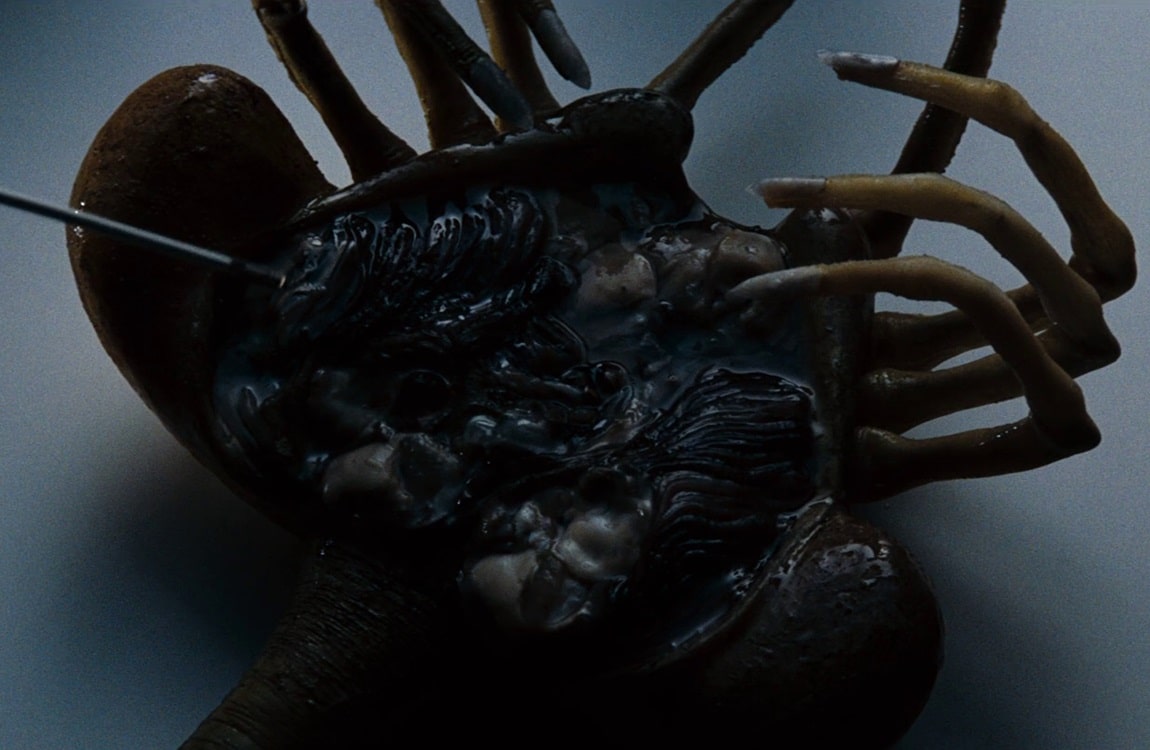
Emerging from these eggs are the Facehuggers, creatures whose sole purpose is to find a host and implant a Xenomorph embryo. The lifespan of a Facehugger is notably short, generally limited to a few hours up to a few days. This brief existence is marked by a frantic and relentless search for a suitable host. Once a host is found and implantation occurs, the Facehugger's life swiftly ends, but not before ensuring the continuation of its species. Without a host, the Facehugger is not expected to live very long, perhaps from a few days to a few weeks, if they don't crawl back to the egg.

Lifespan Of The Chestburster

Following successful implantation, the embryo evolves into the Chestburster stage. This period is characterized by rapid development, usually culminating in a matter of hours or a single day. During this time, the Chestburster grows at an astonishing rate, nourished by the host. The chestburster performs a dramatic and often grotesque emergence from the host, signifying the birth of a new Xenomorph. The final step in the chestburster's life cycle is shedding its skin, which happens within an hour of being born.
Lifespan Of The Adult Warrior
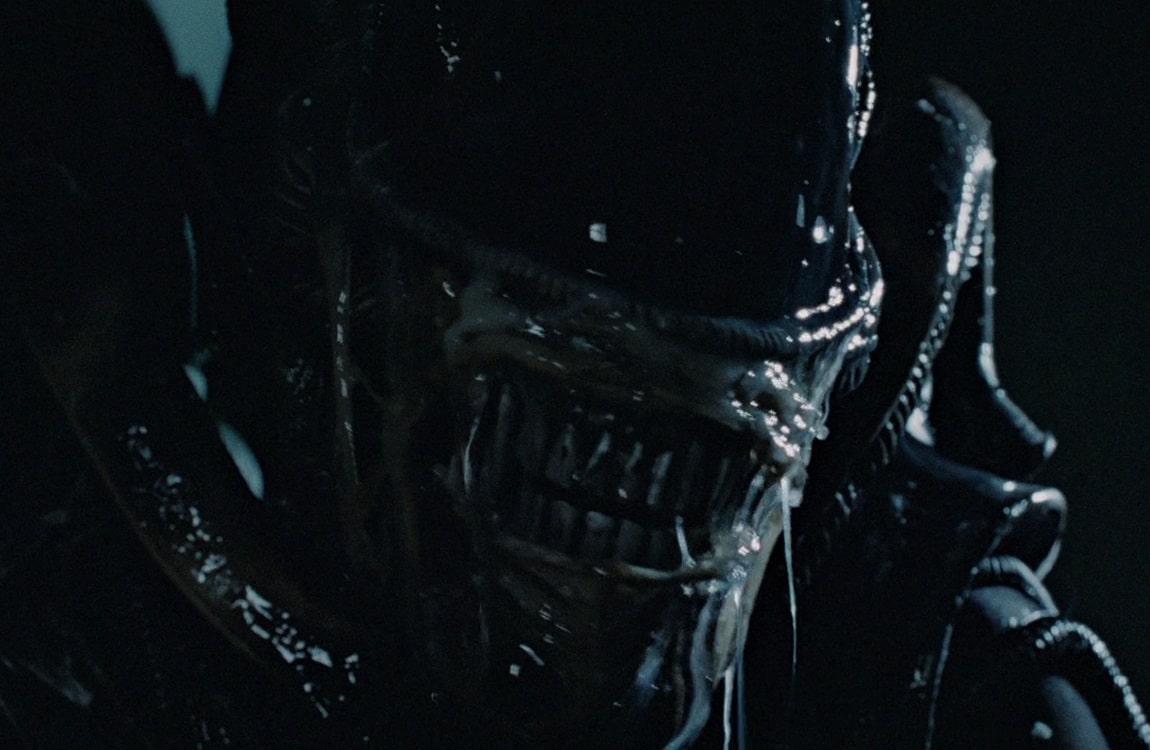
Post-emergence, the Chestburster rapidly matures into the adult Warrior phase. This stage represents the prime of a Xenomorph's life, potentially spanning several years. In the initial concept for the first Alien movie, the adult Xenomorph was supposed to have a short lifespan, slightly longer than the Facehugger and Chestburster. The Xenomorph on the Narcissus shuttle was acting slow and passive towards Ripley because it was nearing its death. However, this short lifespan concept was dropped in the sequels, where the adults are shown to live for at least several weeks, if not killed off sooner.
Lifespan Of The Alien Queen

The Alien Queens represent the pinnacle of the Xenomorph hierarchy, with a lifespan that eclipses all other forms, potentially extending to hundreds of years, if not for several millennia. Two of the oldest known Xenomorph Queens are the Antarctica Queen from the first Alien vs. Predator movie, and the Matriarch from Aliens vs. Predator 2010. The Antarctica Queen laid eggs every 100 years which was the basis of the Young Blood Predator's first initiation hunt. The Matriarch was possibly thousands of years own, with her endoskeleton starting to turn pale and start to crack. The Matriarch showcases one of the few instances when the Aliens show signs of aging.
Xenomorphs Hibernating

An intriguing aspect of Xenomorph biology is their ability to enter a state of hibernation. During hibernation, Xenomorphs can survive in a dormant state for extended periods, effectively prolonging their lifespan until more favorable conditions arise. This ability to hibernate is a key survival mechanism, allowing them to endure long periods of scarcity or inactivity. The hibernation will even work in space, where the Xenomorph will "curl up" to preserve energy. In this state, Xenomorphs don't need any food, but wil also stop growing. Considering this hibernation ability, the Nostromo Alien and LV-426 Queen might still be floating in space, ready to be picked up.
Conclusion
In conclusion, the lifespan of the Xenomorph depends on its type, while the smaller castes in the lifecycle have a shorter life expectancy. The longest-living Xenomorphs are the Alien eggs, which can survive unmoved for thousands of years, and the Alien Queens. While the adult Warriors might not live that long, they do have the ability to stay in hibernation, even in space. This slows down their metabolism so they too, can survive for hundreds of years. The impressive life expectancy sets the Xenomorphs on an equal level to the Yautja, whose average lifespan is also about a thousand years. However, both species have a high tendency to get killed in combat, so the actual lifespan is likely to be much smaller.


